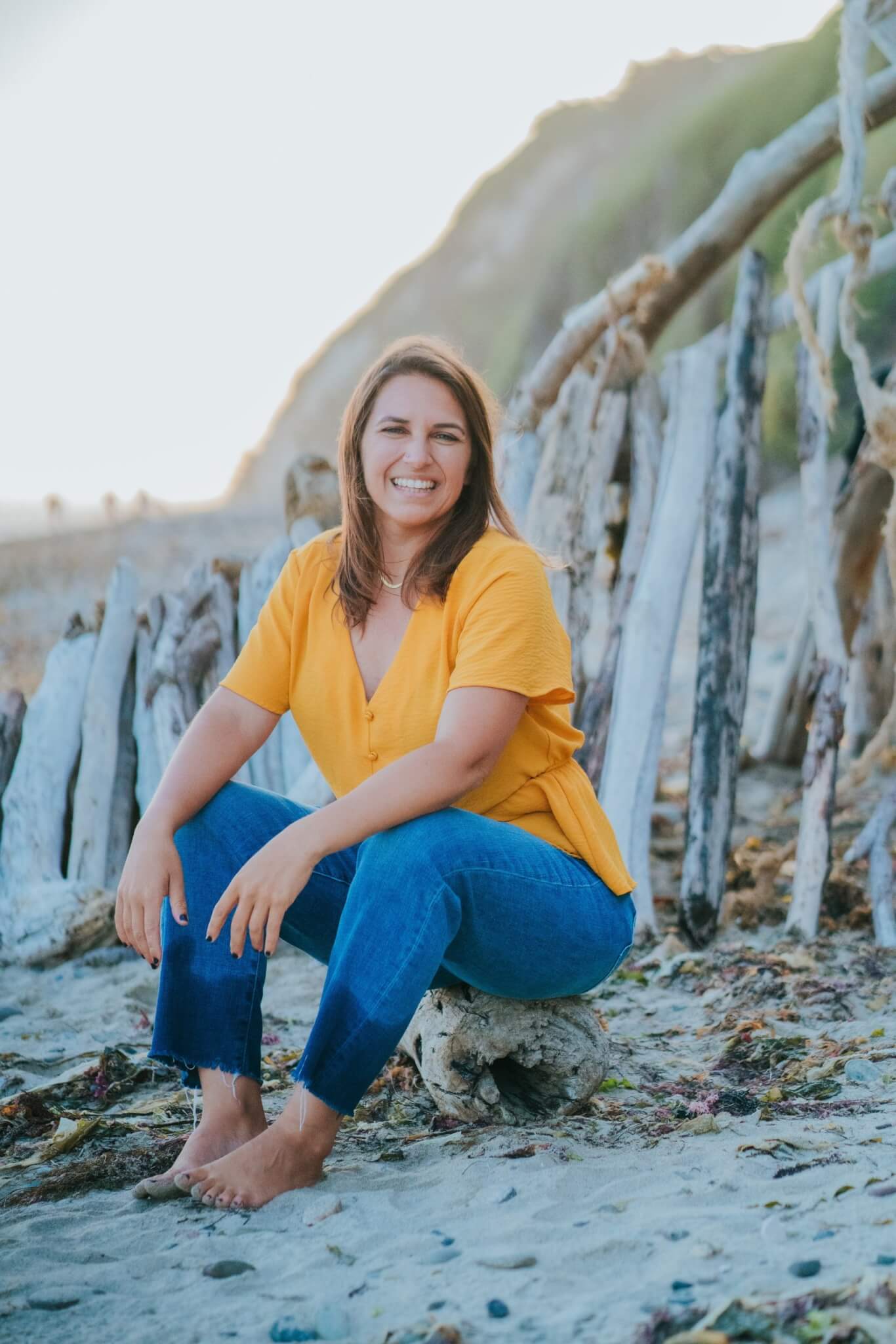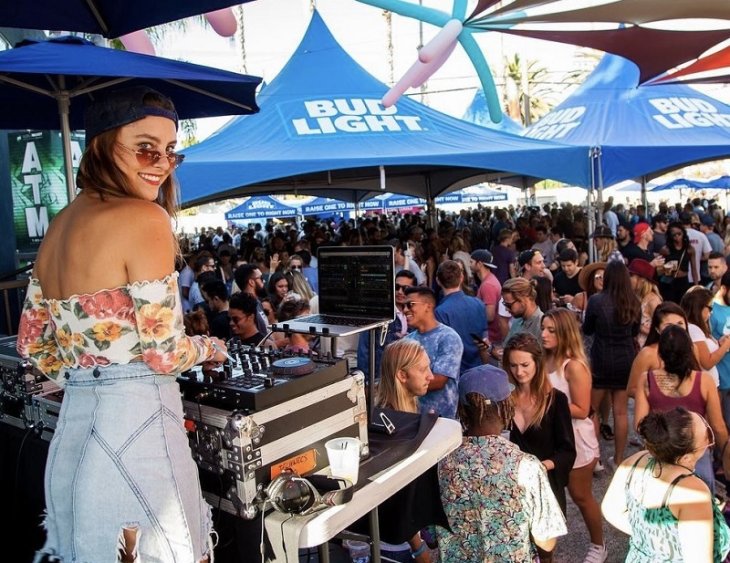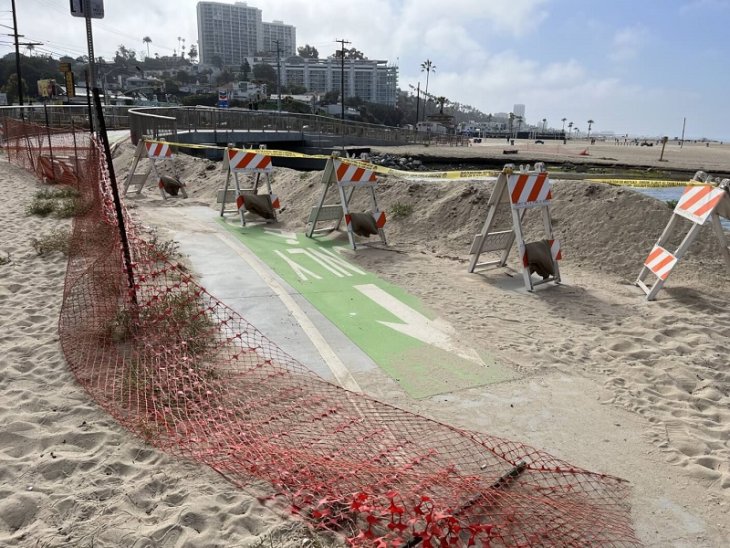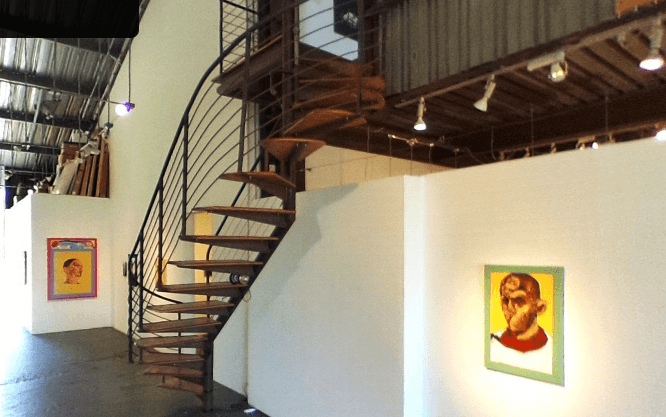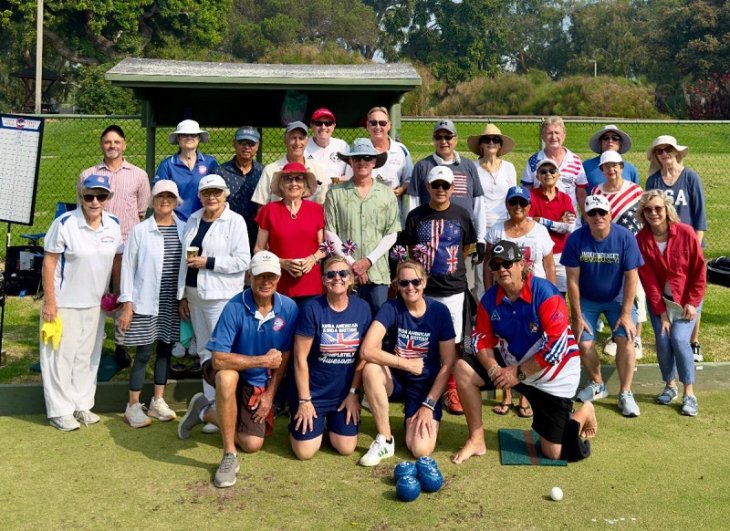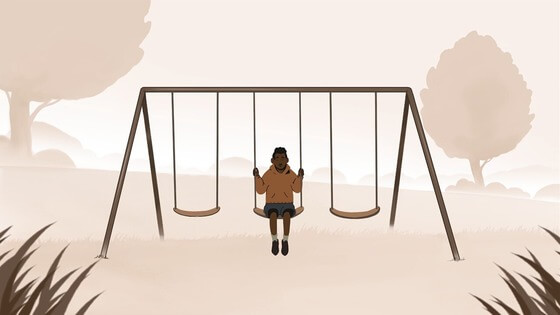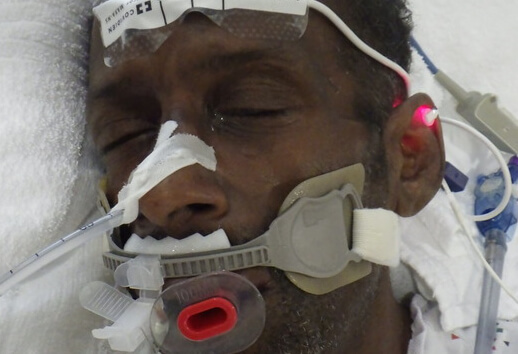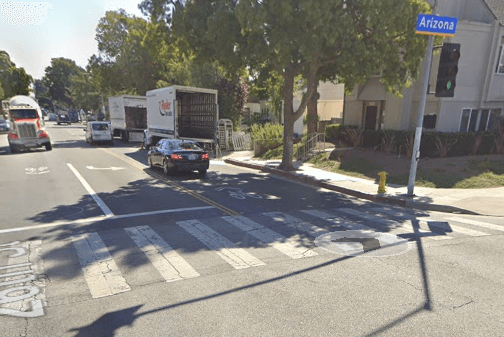A different type of therapy is making waves in Los Angeles.
Hang-Ten Therapeutics, founded by Naomi Matanick, a licensed pediatric occupational therapist with specialties in infant and child development, uses surfing as her primary method of intervention for children experiencing difficulty in development.
Difficulties such as processing sensory information can make skills that seem simple, feel insurmountable, impacting physical and emotional regulation, body awareness, motor skills, visual skills, and attention. Matanick found the ocean, and surfing, to be a grounding practice, and therefore, asked herself, how can this translate in the field of pediatric occupational therapy.
“I’ve always loved the water, the ocean, and have learned that surf therapy exists, but primarily, it exists in the world of adults. I saw the therapeutic benefits of the ocean for myself and wanted to see if I could really translate what I do as an occupational therapist using surfing as a therapeutic tool for kids,” Matanick said.
Surf therapy combines the physical activity of surfing with structured activities to help promote physical, psychological, and social well-being. For kids, catching waves is a way to achieve therapeutic goals in a low-pressure environment.
“Sometimes, when kids engage in sports, there’s a lot of pressure for performance and socially. Without having the pressure of what might come with a sport, kids can play freely and be comfortable in their own bodies. I see what their specific needs are, like a motor goal or strengthening goal, and we use the surfboard to focus specifically on that goal,” she said.
Hang-Ten Therapeutics works to empower children, instill confidence and allow them to gain a stronger sense of self-identity and belonging through surfing, while gaining vital skills along the way.
Matanick said she may have a child who doesn’t have the physical ability to stand up on a surfboard or is terrified of the ocean. In that case, she encourages them to catch a wave on their stomach, or alternatively work with the elements nearby – sand, water, or the board outside of the water – to achieve goals.
“We do some work on the beach and gradually, overtime, they get comfortable with moving onto the surfboard. The practice is adapted and changed for each individual child and their needs. Not only their needs, but their wants, as well,” Matanick said.
Some children have a hard time working through difficult emotions or find it challenging to be inside of a clinic. On the water or the beach, Matanick said she has seen them gain back power and motivation on the beach and in the water, and all sudden, they are more regulated, listening and more attentive as they are working toward their goals in a free and playful space.
“It can be a really powerful experience for kids,” Matanick said. To see if Hang-Ten is the right fit for your child’s occupational therapy needs, visit https://www.hang-tentherapeutics.com. Follow @hang_ten_therapeutics on Instagram to see more photos and content.

